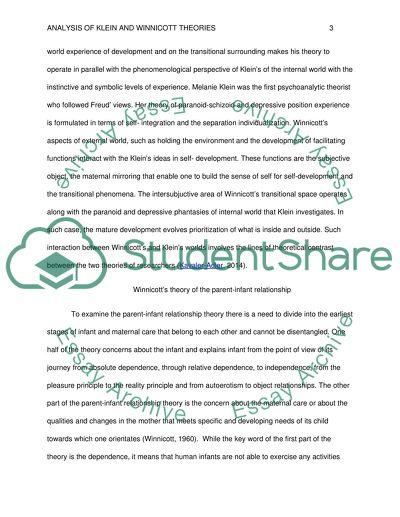Cite this document
(“A critical analysis of the theories of Klein and Winnicott Essay”, n.d.)
Retrieved from https://studentshare.org/psychology/1673563-a-critical-analysis-of-the-theories-of-klein-and-winnicott
Retrieved from https://studentshare.org/psychology/1673563-a-critical-analysis-of-the-theories-of-klein-and-winnicott
(A Critical Analysis of the Theories of Klein and Winnicott Essay)
https://studentshare.org/psychology/1673563-a-critical-analysis-of-the-theories-of-klein-and-winnicott.
https://studentshare.org/psychology/1673563-a-critical-analysis-of-the-theories-of-klein-and-winnicott.
“A Critical Analysis of the Theories of Klein and Winnicott Essay”, n.d. https://studentshare.org/psychology/1673563-a-critical-analysis-of-the-theories-of-klein-and-winnicott.


